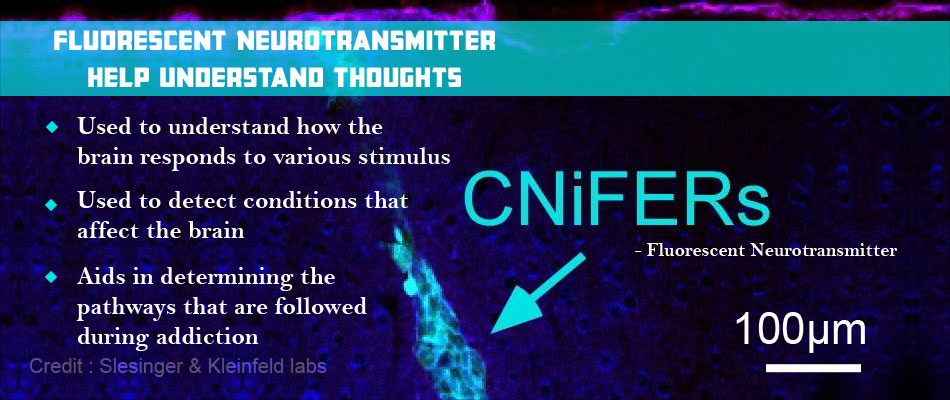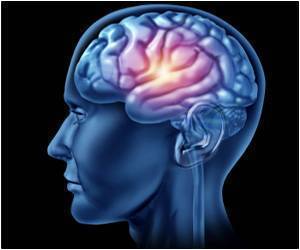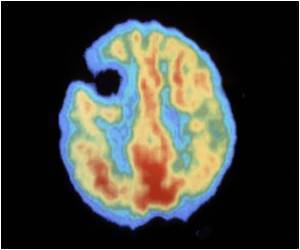
- Sensors developed by scientists detect neurotransmitters in the brain.
- They can be used to identify processes involved in thoughts and addiction.
- These are first sensors that detect neuropeptides which are a subset of neurotransmitters
Unconditioned Response
Dogs were ‘hard-wired’ to salivate whenever they saw food, this wasn’t something that was taught. It was a natural stimulus.
Measuring the Conditional Response
Pavlov measured the amount of saliva that the dog secreted when it was shown food. During this experiment, Pavlov realized that certain things or action that the dogs began to associate with food and which triggered the same response of salivating. In this case, it was the lab assistant who served food every day.
Pavlov as a next step used a bell as a neutral stimulus, which is a situation or an object that did not invoke a response. Whenever food was given to the dog, a bell would ring. At exactly the same time every day, a bell would ring and then food would be brought in. Soon, immediately after the bell rang, the dogs would begin to salivate, even before the food was brought in. This was called classical conditioning when a neutral stimulus began to involve a reaction similar to a natural stimulus.
Scientists have now developed a new technique that allows them to see what goes on in the brain when the classic conditioning experiment is conducted. Dr. Paul A. Slesinger adds “We developed cell-based detectors called CNiFERs that can be implanted in a mouse brain and sense the release of specific neurotransmitters in real time.”
CNiFER
CNiFER or Cell-based Neurotransmitter Fluorescent Engineered Reporters are detectors that emit light which can be detected using a two photon microscope. This technology allows differentiation between epinephrine and norepinephrine.
The Experiment
The researchers played a specific tune to mice and then rewarded them with sugar. After a few days, the mice began to lick their lips after the tune was played and even before the treat was provided.
The CNiFER was used to determine the time at which there was a surge in dopamine. Initially dopamine levels peaked after the reward was provided while after a few days it peaked after the tune was played and even before the reward was provided.
The biosensors are a first of their kind and Slesinger and colleagues will be presenting the results they obtained using this technique at the 252nd National Meeting & Exposition of the American Chemical Society (ACS).
The technique developed by these researchers can be used to detect neuro-modulators to understand the rate of neuron firing.
- It can be used to understand how the brain responds to various stimulus
- It can be used to detect conditions that affect the brain.
- It will aid in determining the pathways that are followed during addiction.
- It will prove useful in determining if de-addiction programs have been useful.
Reference:
- Pavlov's Dogs - (http://www.simplypsychology.org/pavlov.html)












